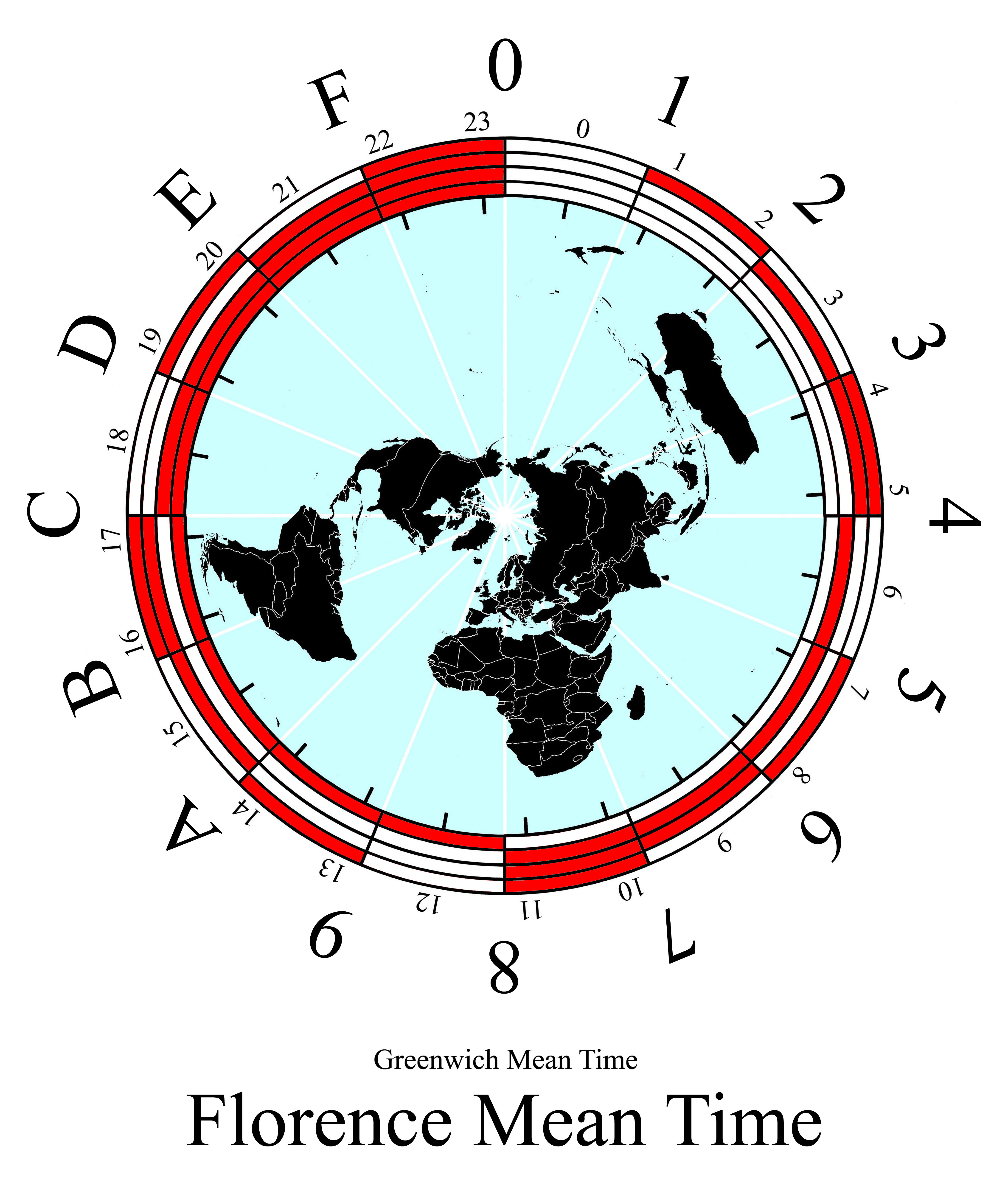Hexadecimal time on:
[Wikipedia]
[Google]
[Amazon]

 Hexadecimal time is the representation of the
Hexadecimal time is the representation of the
Hexadecimal Time Applet
- digital and analog
True Binary Time
- local time as a binary number
- Florence Mean Time
Hexadecimal To Decimal Converter
at binaryconverterpro.com {{Time Topics Time measurement systems Hexadecimal numeral system Clock designs

 Hexadecimal time is the representation of the
Hexadecimal time is the representation of the time
Time is the continued sequence of existence and events that occurs in an apparently irreversible succession from the past, through the present, into the future. It is a component quantity of various measurements used to sequence events, ...
of day as a hexadecimal number
A number is a mathematical object used to count, measure, and label. The original examples are the natural numbers 1, 2, 3, 4, and so forth. Numbers can be represented in language with number words. More universally, individual numbers c ...
in the interval [0, 1).
The day is divided into 1016 (1610) hexadecimal hours, each hour into 10016 (25610) hexadecimal minutes, and each minute into 1016 (1610) hexadecimal seconds.
History
This time format was proposed by the Swedish-American engineer John W. Nystrom in 1863 as part of his ''tonal system''. In 1997, the American Mark Vincent Rogers of Intuitor proposed a similar system of hexadecimal time and implemented it in JavaScript as the Hexclock.Implementation
A day is unity, or 1, and any fraction thereof can be shown with digits to the right of the hexadecimal separator. So the day begins at midnight with .0000 and one hexadecimal second after midnight is .0001. Noon is .8000 (one half), one hexadecimal second before was .7FFF and one hexadecimal second before next midnight will be .FFFF. Intuitor-hextime may also be formatted with an underscore separating hexadecimal hours, minutes and seconds. For example:Clock
Conversions
See also
*Binary time
A binary clock is a clock that displays the time of day in a binary format. Originally, such clocks showed ''each decimal digit'' of sexagesimal time as a binary value, but presently binary clocks also exist which display hours, minutes, and se ...
* Decimal time
Decimal time is the representation of the time of day using units which are decimally related. This term is often used specifically to refer to the time system used in France for a few years beginning in 1792 during the French Revolution, whi ...
* Metric time
Metric time is the measure of time intervals using the metric system. The modern SI system defines the second as the base unit of time, and forms multiples and submultiples with metric prefixes such as kiloseconds and milliseconds. Other unit ...
References
Further reading
*External links
Hexadecimal Time Applet
- digital and analog
True Binary Time
- local time as a binary number
- Florence Mean Time
Hexadecimal To Decimal Converter
at binaryconverterpro.com {{Time Topics Time measurement systems Hexadecimal numeral system Clock designs